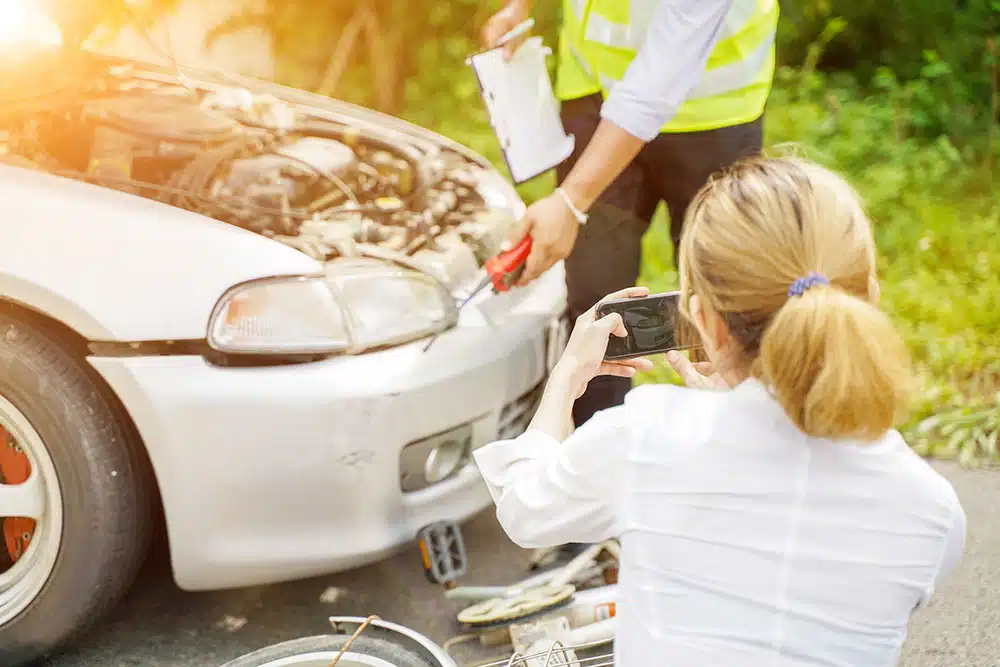Injury lawyer blog
In Pennsylvania, you generally have two years from the date of the collision to file a car accident lawsuit. This… Read More
The Brooklyn-Queens Expressway (BQE) presents one of the most challenging environments for any New York City motorist, but for a… Read More
When you’re hurt in a collision, the path to financial recovery is rarely simple. The situation grows far more complicated… Read More
A rideshare collision leaves confusion in its wake, forcing you to sort through the wreckage. The complexity of these situations,… Read More
Many drivers believe a minor car accident is a simple problem to solve, and a common misconception is that if… Read More
Birth injury

Study Suggests Zofran Not Safe for Use During Pregnancy Many pregnant women are prescribed Zofran as an anti-nausea drug. Yet… Read More
Bus Accidents
Car Accidents

In Pennsylvania, you generally have two years from the date of the collision to file a car accident lawsuit. This… Read More

A rideshare collision leaves confusion in its wake, forcing you to sort through the wreckage. The complexity of these situations,… Read More

Many drivers believe a minor car accident is a simple problem to solve, and a common misconception is that if… Read More
Medical Malpractice

To file a medical malpractice lawsuit in Philadelphia, you’ll need to meet specific requirements and filing deadlines to potentially recover… Read More

When you visit a doctor or hospital, you trust that the medical professionals caring for you will provide the best… Read More

HBO Documentary “Bleed Out” Shows Effects of Medical Mistakes for Patients and Their Families Medical errors happen much more often… Read More
Personal Injury

When speaking with your insurance company after an accident, don’t admit fault, speculate on the accident’s cause, or minimize your… Read More

A serious injury changes your life in an instant. Whether you were injured by a negligent driver on Route 70,… Read More

Speaking to a personal injury lawyer should be at the top of your to-do list after a rideshare accident in… Read More





